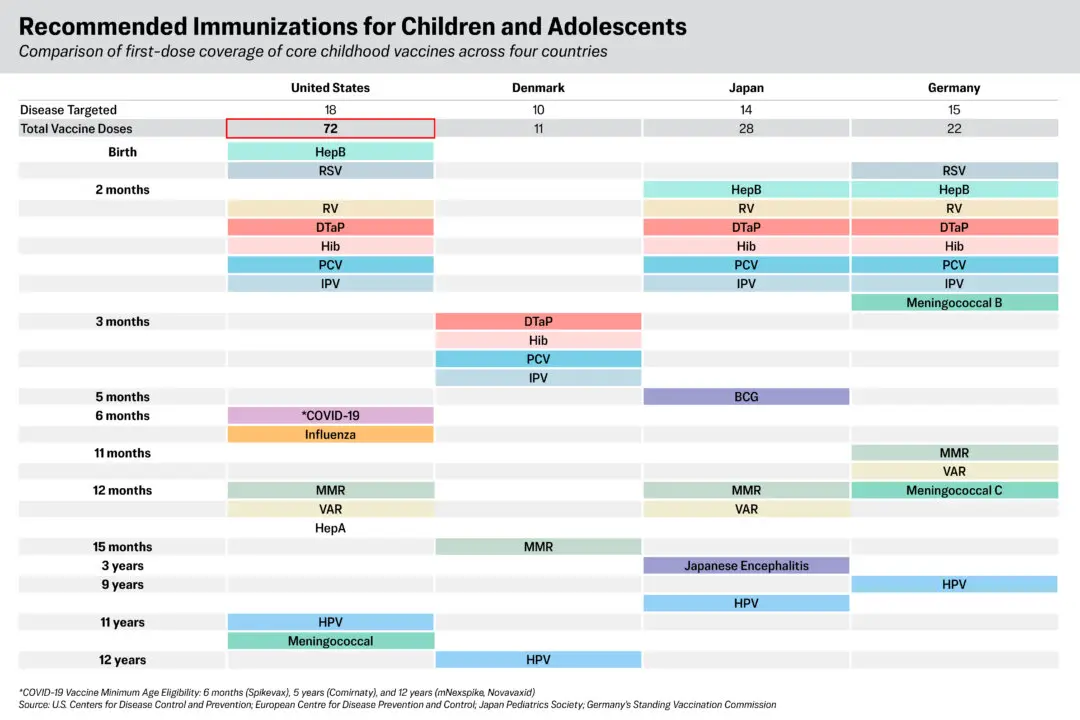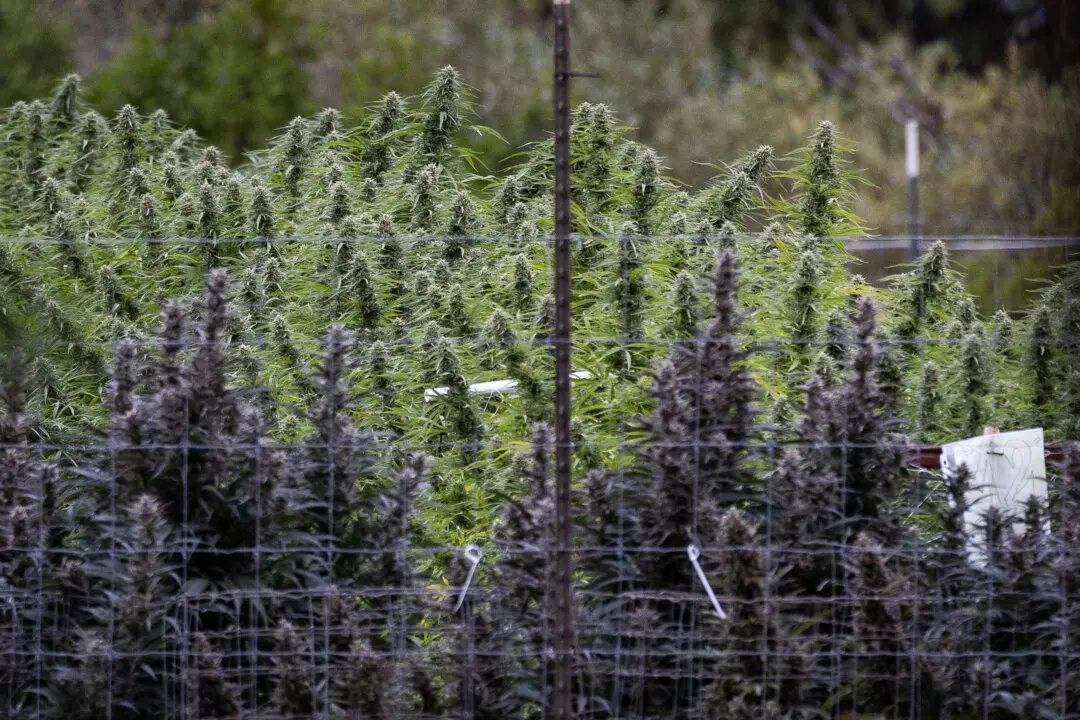The protection from prior COVID-19 infection doesn’t protect well against reinfection of an Omicron coronavirus subvariant, according to a new study.
The protection, known as natural immunity, was estimated at just 6 percent against reinfection with BA.2.75, the Omicron subvariant, by researchers in Qatar, where the subvariant is the dominant virus strain.





